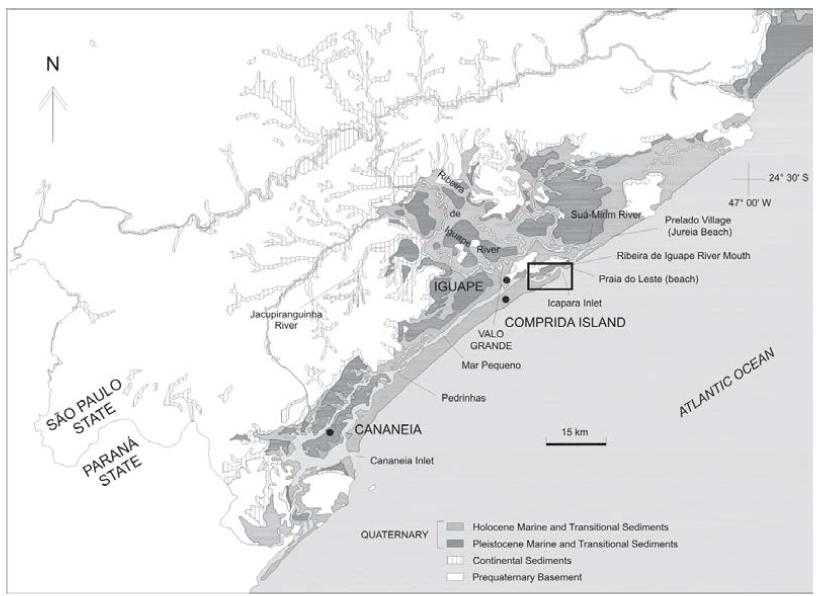Abstract
The channel of the Valo Grande (VG) in the Ribeira de Iguape River (São Paulo State, Brazil), inaugurated in 1852, is one of the largest environmental disasters in the Brazilian coast. This article presents a synthesis of the historical, ecological, geographic and sociopolitical dimensions involving the VG. The VG has promoted the ecosystem disrupting and the landscape reconfiguration of Cananéia-Iguape estuary-lagoon complex. Studies have also indicated that part of these environmental changes could be reversible, in the case of VG closure, which was determined by Brazilian jury at second instance in 2018. Such a decision, however, shall be accompanied by an extensive monitoring program aiming at the environmental and social effectiveness of this action in long-term. The VG question still remains unsolved, although more than 150 years have passed since its first impacts in the region. It is a unique case in Brazil, which this article seeks shed some light.
Keywords:
Ribeira Valley; coastal environment; Ribeira de Iguape River; environmental governance

 Source: Adapted by
Source: Adapted by  Source: Based on studies by
Source: Based on studies by  Source: Adapted from Cunha-Lignon; Kamper (2011).
Source: Adapted from Cunha-Lignon; Kamper (2011).
 Legend: In both photographs, the upstream portion of the dam is on the right in the image. Source: Photographs collected by Eliel Pereira de Souza from websites of Iguape residents, without author reference (accessed July 2009).
Legend: In both photographs, the upstream portion of the dam is on the right in the image. Source: Photographs collected by Eliel Pereira de Souza from websites of Iguape residents, without author reference (accessed July 2009).
 Source: Adapted from
Source: Adapted from  Source. A: Image available at <
Source. A: Image available at <